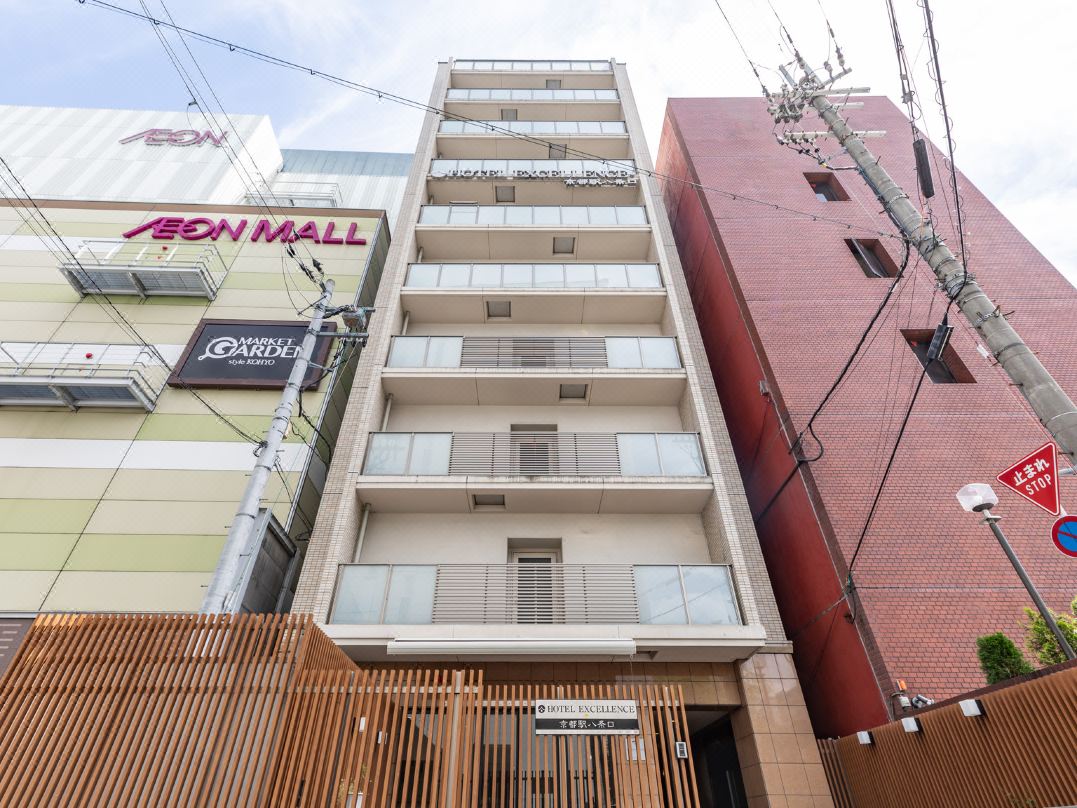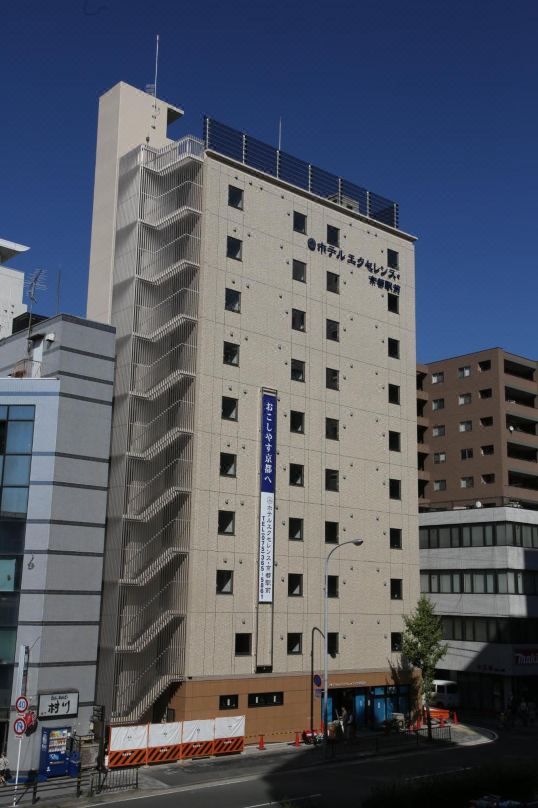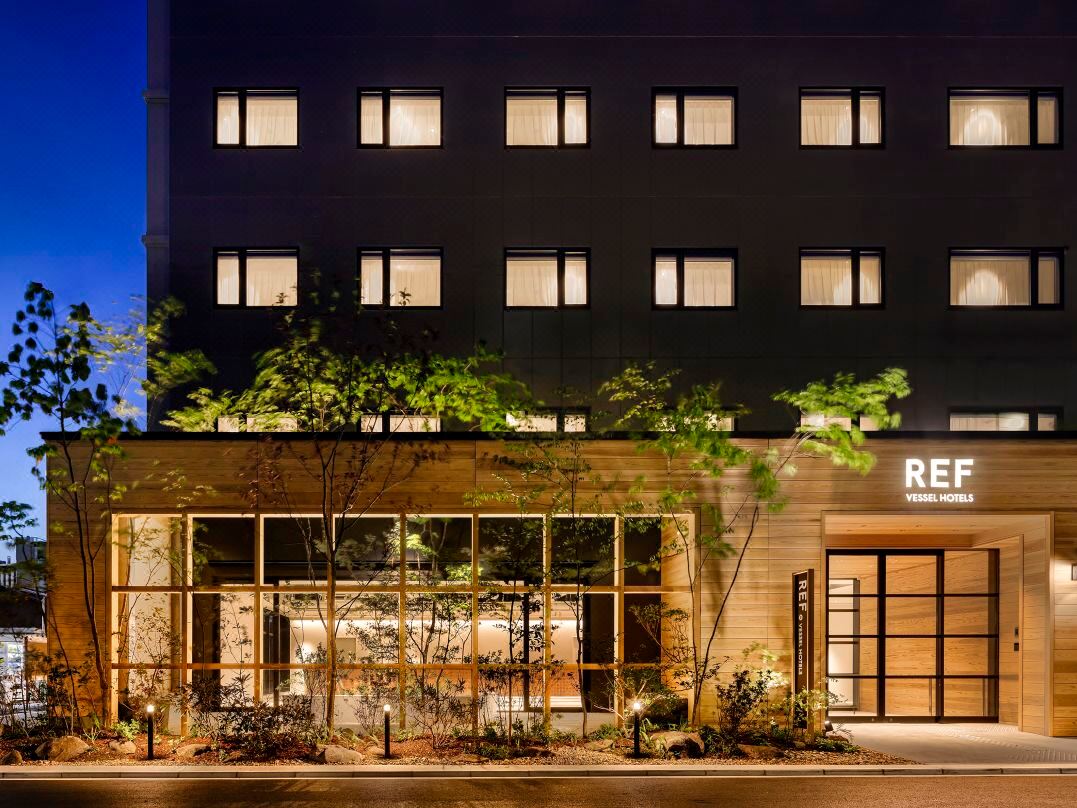Discover Kyoto's Elegant Geisha Culture at the Gion Kagai Art Museum

Gion Kagai Art Museum is a facility where visitors can learn more about Kyoto's geisha culture. The museum's highlights include a permanent exhibition, dance performances by geiko and maiko, photo opportunities, a beautiful garden, a bar, and much more!
The Gion Kagai Art Museum, opening on May 15, 2024, is a facility where visitors can learn more about Kyoto's geisha culture.
Located in the Gion district, right in front of Yasaka Shrine, this facility has a permanent exhibition that conveys the culture of the flower district, and will also offer the opportunity for visitors to take commemorative photos with geisha and maiko and enjoy traditional dance performances.
The History of Gion's Geisha Culture

Photo by Pixta
Gion is known as a "kagai," or "flower district," an area with high-class Japanese restaurants where guests can delight in refined kaiseki cuisine, accompanied by traditional dance and music performances by geiko (*1) and maiko (*2).
*1 Geiko: The official term for Kyoto's geisha performers.
*2 Maiko: Geiko apprentices.
The beginnings of Kyoto's geiko culture go back to the Edo period (1603-1868). Gion is part of the Higashiyama area of Kyoto, famous for its cherry blossom and fall foliage spots. Visitors would come to enjoy these seasonal charms, and the local teahouses would entertain them with sake, meals, and traditional performing arts such as dances and music.
In 1872, a large-scale dance performance featuring geisha and maiko called Miyako Odori was initiated. Later, in 1913, a dedicated venue was built for this popular event. This was the Gion Kobu Kaburenjo, which underwent several renovations.
The new Gion Kagai Art Museum was opened in the precincts of the Gion Kobu Kaburenjo due to the deep ties of this venue with Gion's geisha culture.
Highlights of the Gion Kagai Art Museum
1. Permanent Exhibition of Artifacts Related to Gion's Geisha Culture
This exhibition provides an easy-to-understand introduction to the geisha, maiko, and Gion's culture.
The items on display include splendid hand-painted kimono, obi (kimono sashes) woven by the skillful artisans from Kyoto's Nishijin district, makeup tools and accessories used by maiko and geiko, and much more.
Visitors can view valuable materials such as seasonal hairpins (kanzashi) and formal black outfits rarely seen even in Gion. Through photo documentation that conveys Gion's vibrant atmosphere, visitors can immerse themselves in a secretive yet glamorous world.
2. Japanese Garden

Photo by Pixta
The garden of the Kaburenjo Hall, now the Gion Kagai Art Museum, was created in 1913. It features a pond surrounded by greenery, a stone bridge, and a tea room named Joan.
At night, the garden is illuminated, offering a different ambiance.
3. Kyoto Dance Performances by Geisha and Maiko
Gion Kagai Art Museum offers visitors the rare opportunity to watch dance performances by geisha and maiko. They will perform the elegant dances transmitted through the Inoue School. Visitors will be able to feel a deeper connection to what they've seen in the permanent exhibition.
For detailed information such as schedules and pricing, please visit the official website.
4. Commemorative Photos with Geisha and Maiko
Visitors will be able to have their photo taken together with a geisha or maiko using instant film or their smartphone. The instant film will have a votive tablet with the geisha or maiko's name attached, presented in an original pouch for you to keep.
5. Tours of the Kaburenjo Venue

Photo by Pixta
Visitors will be able to tour a portion of the main theater at the Kaburenjo, the venue that has been hosting the Miyako Odori Dance Festival to this day. This festival, held annually in April, is a chance for the public to enjoy performances by geisha and maiko.
This two-story building is entirely constructed of hinoki cypress, incorporating traditional Japanese designs in its ceiling, lighting, and other features. A documentary about the Miyako Odori Festival will be screened on a special display screen.
Within the museum, there is an exhibition room dedicated to the Miyako Odori Festival, which played an essential role in keeping Gion's geisha culture alive through the ages.
6. Lantern Display

Photo by Pixta
Gion's iconic red lanterns will be decorating the precincts, providing a light-up display starting from dusk.
7. Art Bar
The interior of the bar showcases paintings depicting geisha and maiko, with a focus on original artworks of past Miyako Odori posters.
Guests can enjoy a selection of Kyoto's local sake, Japanese whiskey, and other drinks. Indulge in a leisurely moment unique to the Gion district while admiring these valuable art pieces.
8. Museum Shop
The Museum Shop offers a selection of souvenirs related to geisha, maiko, Gion, and the Miyako Odori Festival. Do stop by to pick up a memento of your visit to Kyoto's capital.
Gion Kagai Art Museum official website: https://gion-museum.com/en/
Hotels near Gion Kagai Art Museum
Read also
Information and main image from PR Times








![[Event held once a month] Maiko Han and Japanese candlelight ~Experience Kyoto's traditional culture~](https://resources.matcha-jp.com/resize/200x2000/2023/11/29-154313.webp)
































![[2026 Edition] FORMUAL 1 JAPANESE GRAND PRIX Information](https://resources.matcha-jp.com/resize/720x2000/2025/10/05-245984.webp)


![[2025 Update] Namba's spectacular illuminations! "Namba Hikari Tabi" with approximately 1 million shining lights](https://resources.matcha-jp.com/resize/720x2000/2025/12/12-252825.webp)